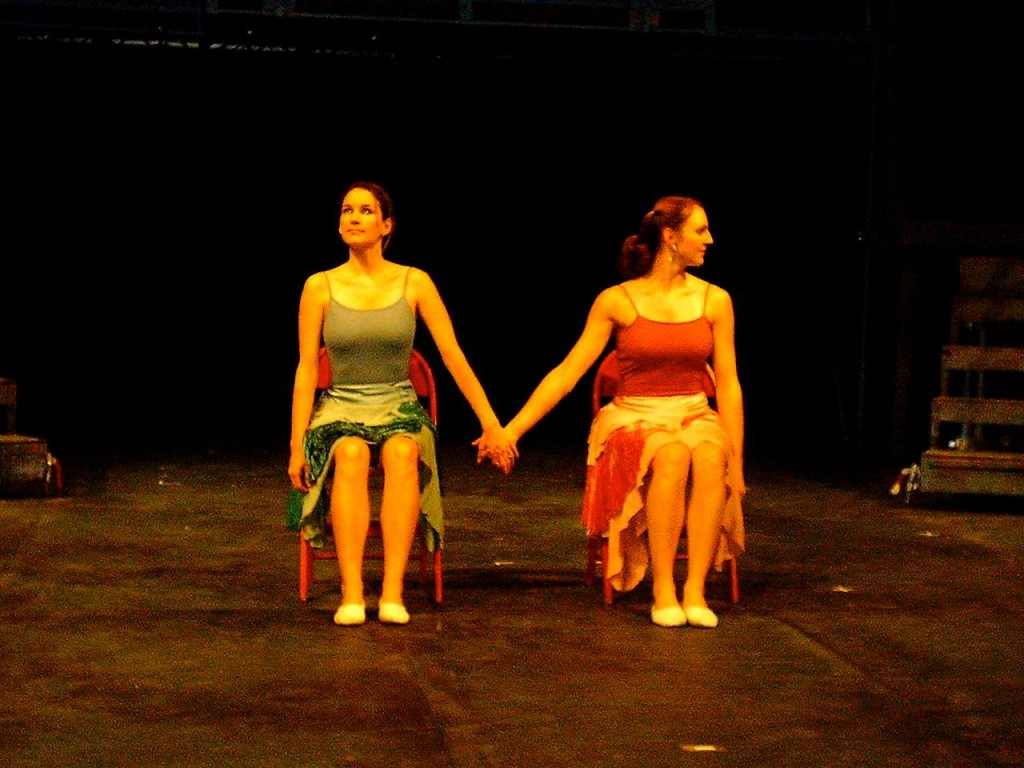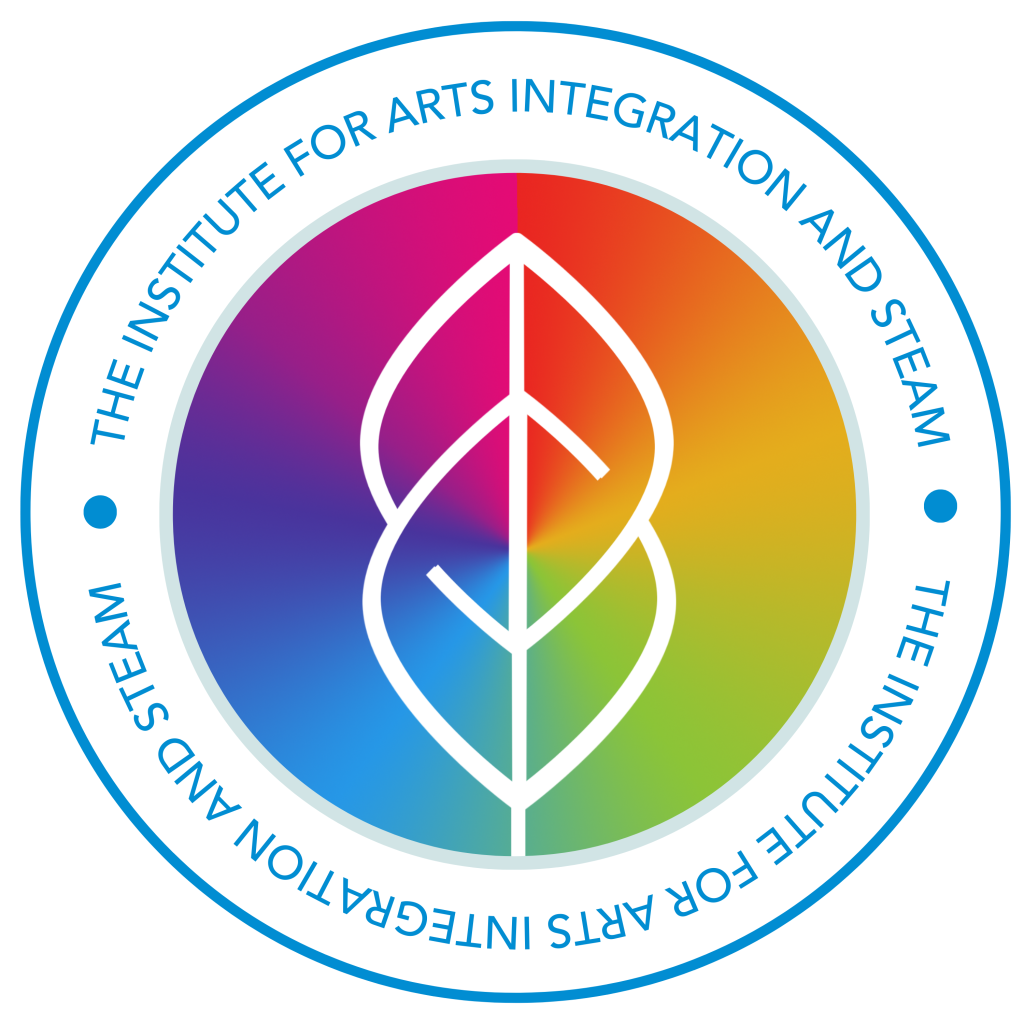Creativity Personified: An Interview with Artist Melissa Goodling
4 Min Read • Arts Integration
Meet Melissa Goodling.
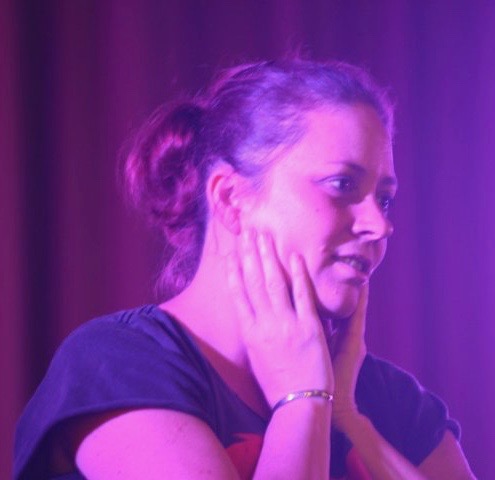
Q: How do you think of the ideas for your costumes?
A: Being on a small budget helps me to be more creative. I think about what I am trying to communicate. I picture the costume idea and whether or not the dancer can move in it. Then, I think what materials I already have and adapt them to my vision.
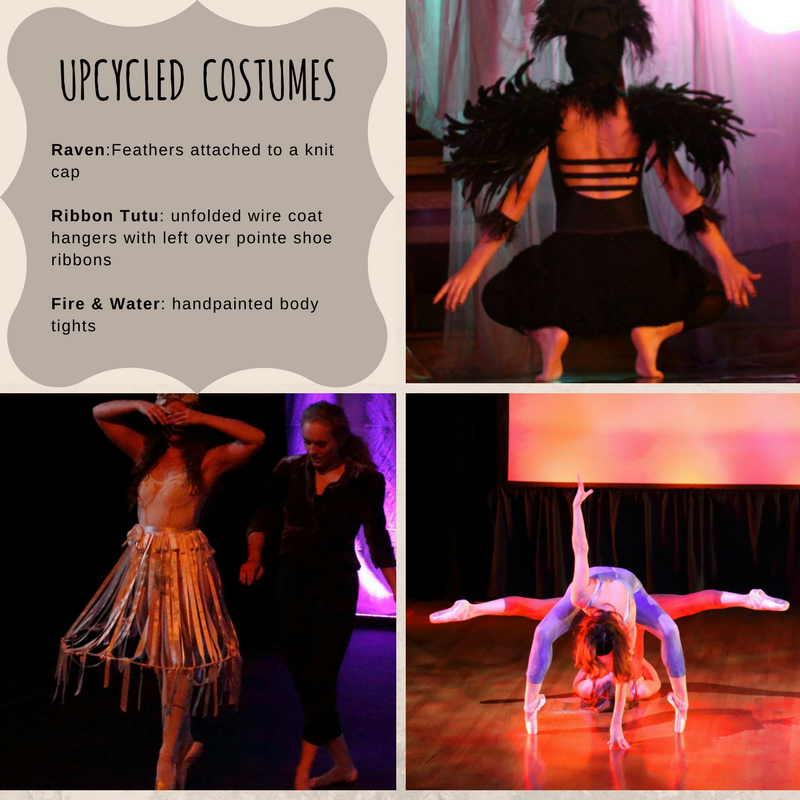
Q: What inspires the ideas for your choreography?
A: Usually the music is my starting point. I'll listen to it over and over again in the car or just lying on the studio floor. I visualize ideas of shapes in my head and then I translate those into steps. If the theme of a piece is an animal, I'll study how that animal moves and try to translate that with the human body while using what the music gives me.
Q: How much of a role does the costume play in your choreography?
(For example, does the costume enhance the dancing, or does the dancing highlight the costume, or do they both work together to create the masterpiece?)
A: The costume and the choreography usually work together to create the dance. I would never use something restrictive if the movement needed to be free. If I wanted to be restrictive in the movement I would pick a costume that made the dancer literally feel that. Sometimes it takes experimentation. Once I created a piece with two dancers connected by material, so it took a great deal of experimentation during the choreography to figure it all out. When the costume (or a prop) impacts or restricts the dancing, it is important to use it while creating the piece itself to make sure it is effective.
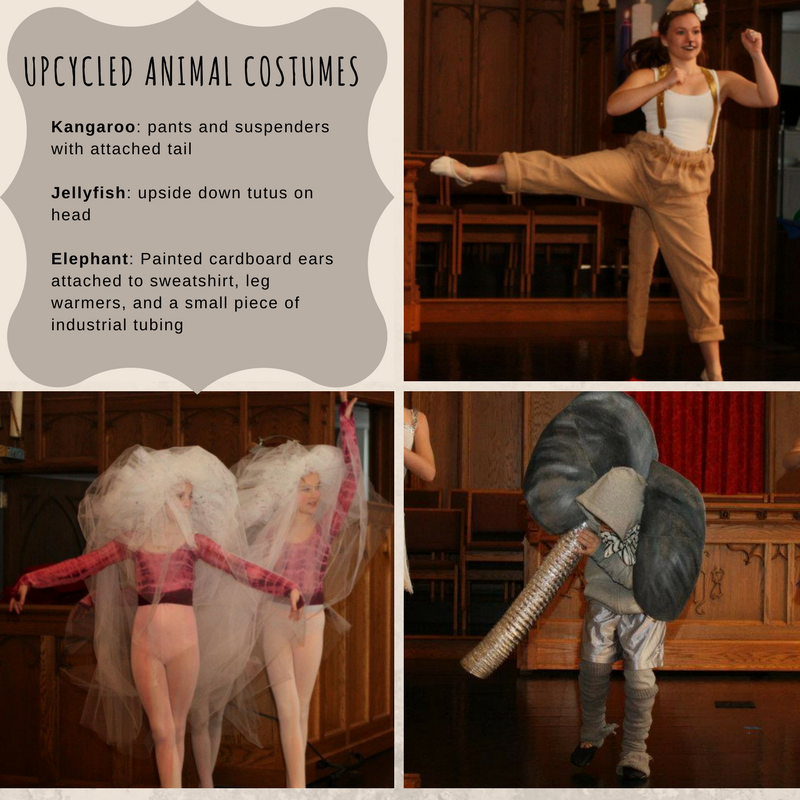
Q: How much does your background as a sculptor and painter influence your choreography and/or costume design?
A: It is always in the front, as they are one in the same for me. However, with dance, I do not have all of the control as the artist. The dancers are the medium and I have to deal with their abilities, sizes, strengths, and personalities.
I see dances in shapes and colors, not in steps and combinations. Of course, I have to figure out the steps in order to teach them to the dancers. The steps are my pencil on the dance floor, figuring and sketching out the picture. The costumes are the paint bringing it tone. And the shapes are the sculpture on the stage bringing the dance to life.
Q: What kind of advice would you give someone who is working with students if they want to create costumes out of found items?
A: Use what you have. Look at what you are trying to portray and then think about what you have or can get easily to create that. Experiment.



